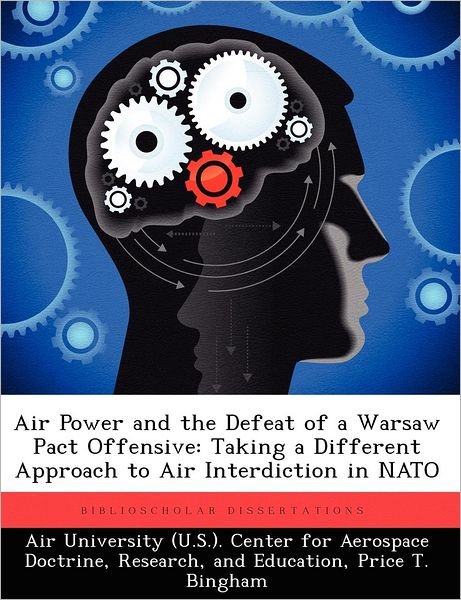
Vertel uw vrienden over dit artikel:
Air Power and the Defeat of a Warsaw Pact Offensive: Taking a Different Approach to Air Interdiction in NATO
Price T Bingham
Air Power and the Defeat of a Warsaw Pact Offensive: Taking a Different Approach to Air Interdiction in NATO
Price T Bingham
The current US Air Force approach to air interdiction in the North Atlantic Treaty Organization
(NATO) is primarily attrition-oriented. This approach is flawed because of its requirement to
attack Warsaw Pact strengths, rather than exploit its weaknesses. This error is compounded by a
tendency to underestimate the inherent weaknesses of this approach. An examination of history
and Soviet doctrine and strategy indicates that air interdiction in NATO would be more effective
if the US Air Force used the tremendous potential of the family of air scatterable mines
(FASCM) to delay and disrupt a Warsaw Pact offensive. The use of FASCM would allow NATO
to attack directly weaknesses in Soviet doctrine and strategy. Intelligently integrated with the
maneuver of NATO land forces, air interdiction using FASCM could create powerful synergies.
Despite these potential advantages, there are several problems that must be overcome before the
US Air Force could make effective use of FASCM in a NATO air interdiction campaign. The
easiest problem to solve is the development and procurement of suitable FASCM. More difficult
problems are the shortage of personnel qualified to plan and control such an air interdiction
campaign and the lack of suitable air interdiction doctrine.
34 pages, Illustrations, black and white
| Media | Boeken Paperback Book (Boek met zachte kaft en gelijmde rug) |
| Vrijgegeven | 6 augustus 2012 |
| ISBN13 | 9781249245308 |
| Uitgevers | Biblioscholar |
| Pagina's | 34 |
| Afmetingen | 189 × 246 × 2 mm · 81 g |
| Taal en grammatica | Engels |
| Deelnemer | Air University (U.S.). Center for Aerosp |

 Kerstcadeautjes kunnen tot en met 31 januari worden ingewisseld
Kerstcadeautjes kunnen tot en met 31 januari worden ingewisseld


